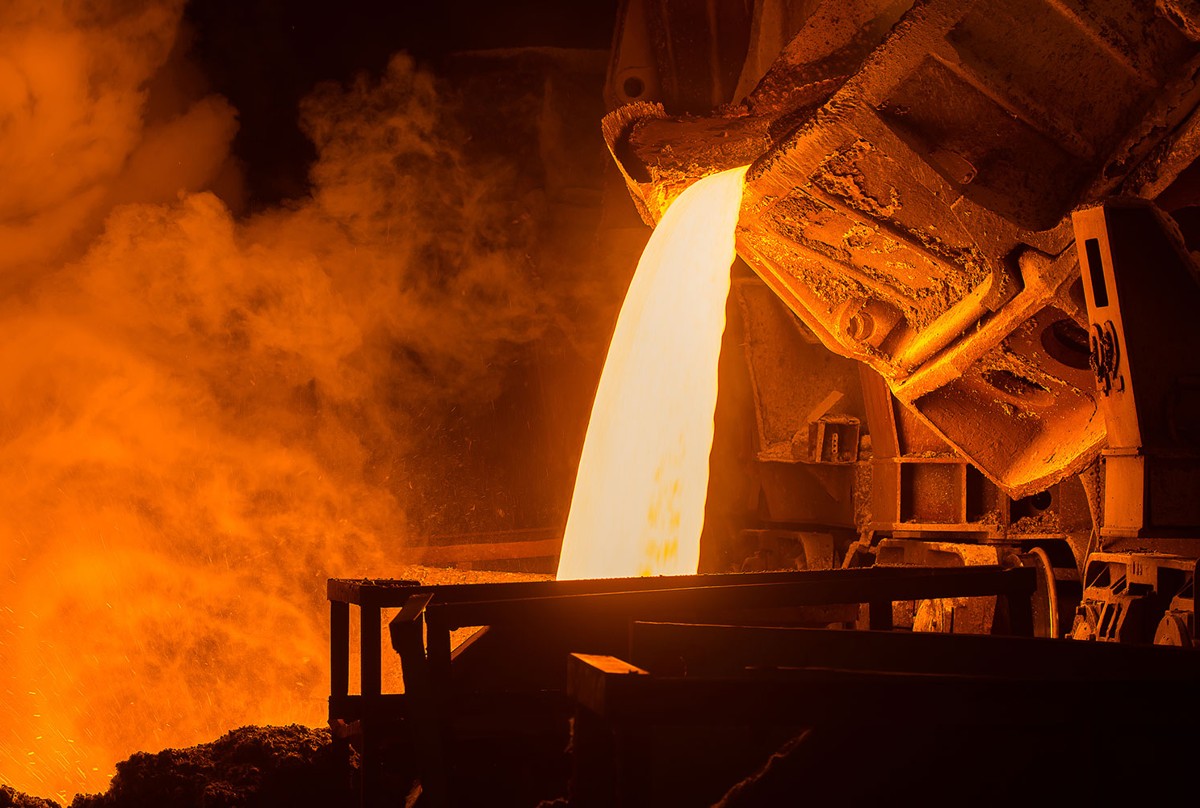Market Data

October 23, 2018
Moser: U.S. Makes Progress in Reshoring Manufacturing Jobs
Written by Tim Triplett
Harry Moser, president of the Reshoring Initiative, is a big supporter of the Trump administration and its trade policies. But when it comes to the Section 232 tariffs on steel imports, which have dramatically raised steel prices in the U.S., domestic steelmakers have gained at the expense of steel-consuming manufacturers downstream.
“Overall, I am delighted President Trump is pursuing active, aggressive measures to try to bring manufacturing jobs back to the U.S., but we recommend policies that lift all ships,” Moser said. “If the steel tariffs had been placed on imports of steel and any product made of steel, then the steelmakers and the steel users both could have benefitted.”
The former president of a machine tool maker, Moser founded the Reshoring Initiative in 2010 to help stem the flow of U.S. manufacturing and jobs to low-wage countries such as China. Communities in every state have lost, on average, 27 percent of their manufacturing workforce since 2000. More than 60 percent of the job loss is due to offshoring of jobs, he estimates.
“China is the biggest problem we have in terms of trade balance, competition, intellectual property theft and the military. We support aggressive action against China. The president should focus more on that and less on placing tariffs on our allies,” he added.
Efforts by the Reshoring Initiative and administration officials to stop U.S. manufacturers from offshoring in search of cheap foreign labor seems to be bearing fruit. Lower corporate tax rates, less regulation, increased U.S. competitiveness, new technology, strong consumer demand for Made in the USA, and a better understanding of the costs of offshoring are all coming into play, Moser said.
And the potential is huge. “Our user data suggests that about 25 percent of offshored work would come back if TCO (Total Cost of Ownership), instead of wage rates or purchase price, is consistently used to make sourcing and siting decisions,” Moser said. “Substituting domestic production for 25 percent of imports would increase domestic manufacturing by about 10 percent.”
Today, especially with the Tax Cuts and Jobs Act in effect, U.S. and foreign companies are reevaluating their facility plans and considering shifting manufacturing to the U.S. As a result, reshoring and foreign direct investment manufacturing job announcements in 2017 totaled 171,000, up 50 percent from 2016 and 2,800 percent from 2010. So far in 2018, job creation in manufacturing appears to be comparable to last year, Moser said.
“Some economists say we have already had a one-time stimulus from the tax law changes and the effect will be over this year. Like the president, I believe we have permanently changed the attractiveness of the U.S. as a place to manufacture,” Moser said.
For more information on the Reshoring Initiative and its strategies and tools to level the playing field and increase U.S. competitiveness, visit ReshoreNow.org.







